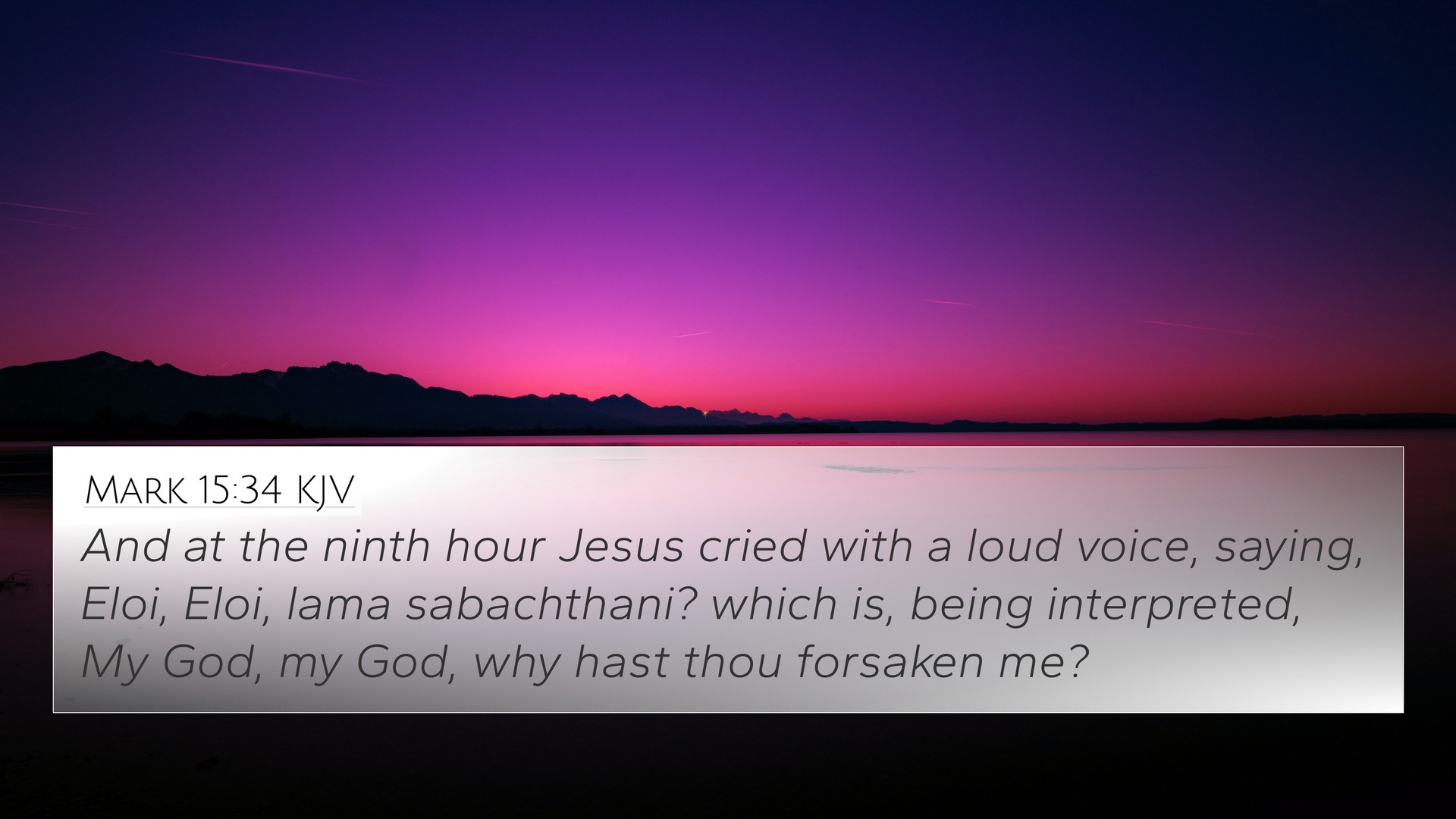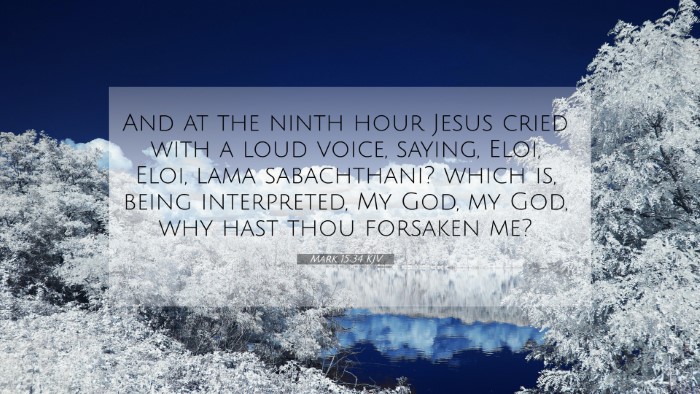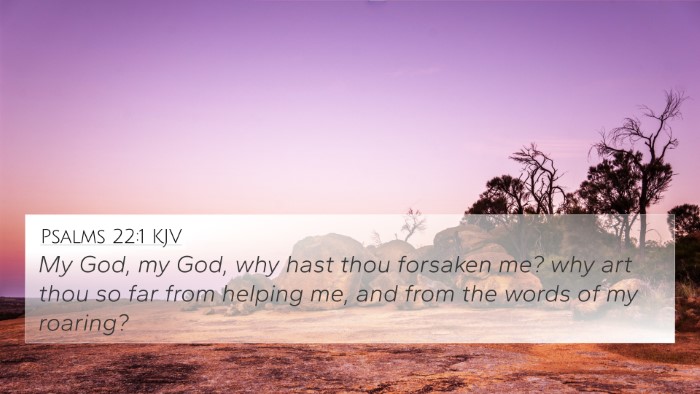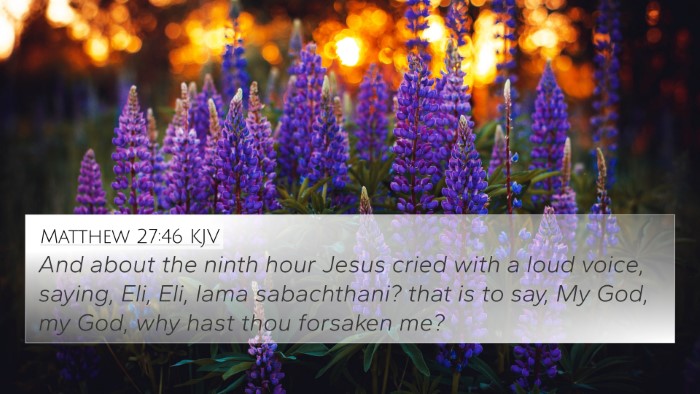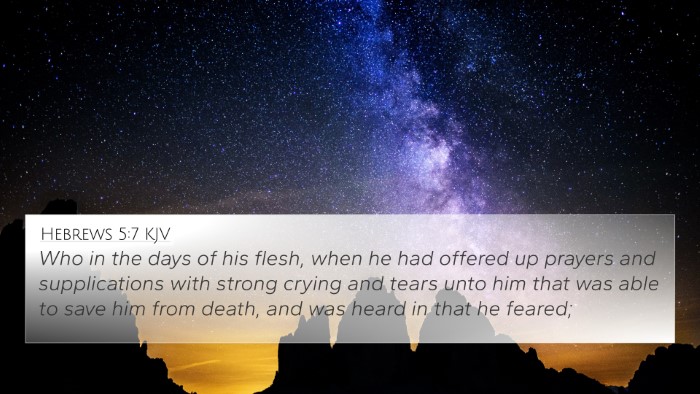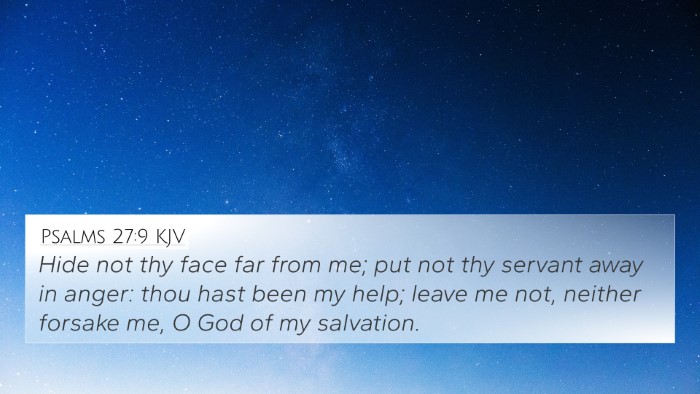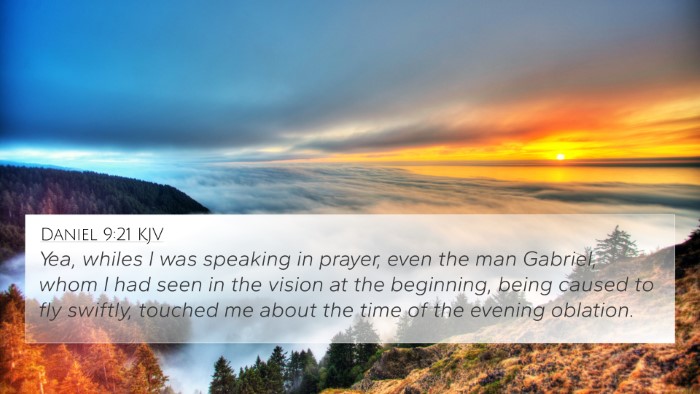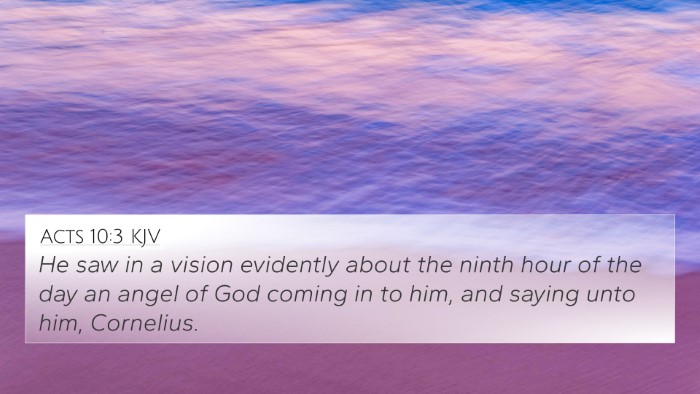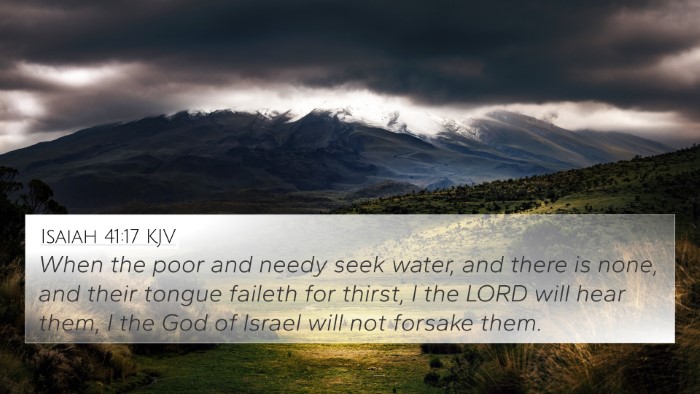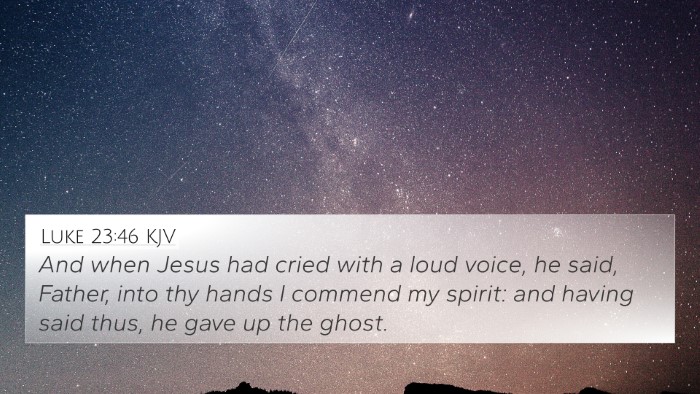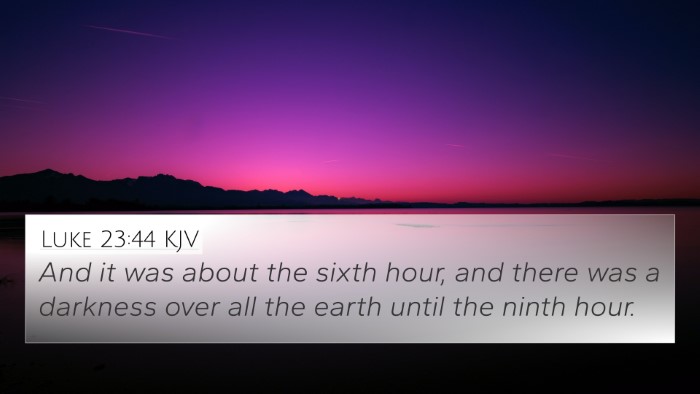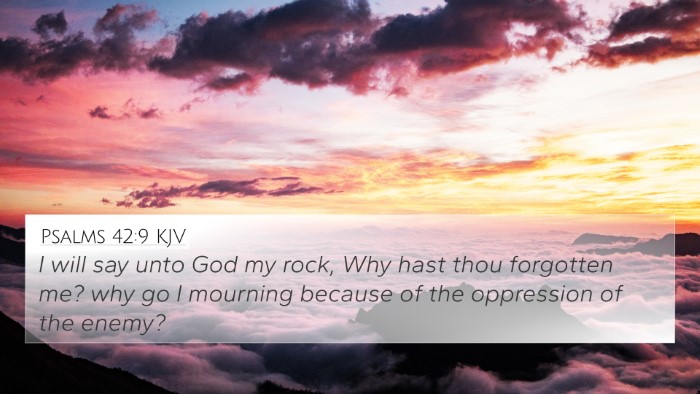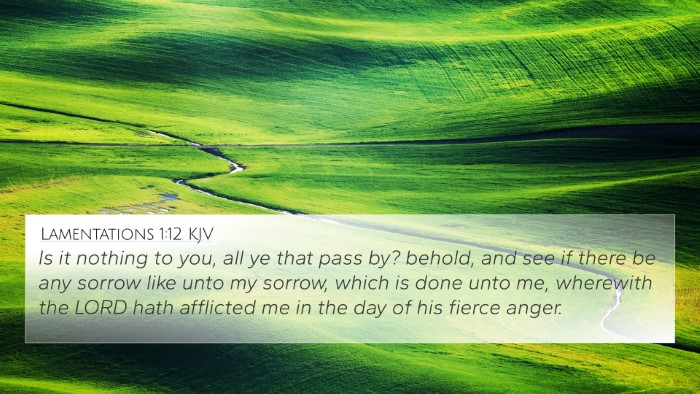Understanding Mark 15:34
Mark 15:34 states, "And at the ninth hour Jesus cried with a loud voice, saying, Eloi, Eloi, lama sabachthani? which is, being interpreted, My God, my God, why hast thou forsaken me?" This profound moment captures the agony of Christ on the cross, as He experiences a deep sense of abandonment.
Meaning and Context
The utterance of Jesus during His crucifixion is one of the most recognizable scripture passages in the New Testament, reflecting His suffering and the fulfillment of prophecy. This moment, recorded in the Gospels, reveals the depths of anguish faced by Jesus as He bore the sins of humanity.
Insights from Public Domain Commentaries
-
Matthew Henry's Commentary:
Henry emphasizes the emotional aspect of this cry, illustrating Jesus's humanity and the ruthless suffering He endured. This expression of despair serves to reveal the strained relationship between Jesus and God as He took upon Himself the world's sin.
-
Albert Barnes' Commentary:
Barnes analyzes the historical and theological implications of the statement, connecting it with Psalm 22. He notes that this cry indicates fulfillment of prophecy and highlights themes of abandonment and desolation, which resonate deeply within the Christian faith.
-
Adam Clarke's Commentary:
Clarke elaborates on the linguistic elements, detailing that "Eloi, Eloi" is a transliteration of the Aramaic expression, signifying deep sorrow. He draws parallels between this moment and other scriptural references to illustrate the significance of atonement and suffering.
Bible Cross-References
Understanding Mark 15:34 also involves exploring its connections to other scripture. Here are key cross-references that provide deeper insight:
- Psalm 22:1: "My God, my God, why hast thou forsaken me?" - This psalm foreshadows Jesus's suffering.
- Matthew 27:46: This parallel gospel account records the same cry from the cross, emphasizing its significance.
- Lamentations 5:20: A cry of abandonment reminiscent of Jesus's words, showing the theme of suffering in God's people.
- Isaiah 53:4-5: Prophetic words highlighting the suffering servant who bears our sorrows, connecting Jesus's sacrifice to Old Testament prophecy.
- John 3:16: The connection between God's love and the sacrifice of His only Son provides a broader understanding of the purpose behind the crucifixion.
- Romans 8:32: Encouraging believers that God did not spare His own Son, reflecting the depth of God's commitment to humanity's salvation.
- Hebrews 5:7: Illustrates Jesus's prayers and supplications during His time of suffering and anguish, reinforcing His human experience.
Thematic Connections
This verse is pivotal in understanding the themes of:
- Suffering: Jesus's cry symbolizes the ultimate sacrifice and the suffering endured on behalf of humanity.
- Fulfillment of Prophecy: The connections with Psalm 22 highlight the prophetic nature of the crucifixion.
- Divine Abandonment: Reflects the profound experience of separation from God that Jesus faced, which is central to the theme of atonement.
- Humanity of Christ: This cry underscores Jesus's humanity, emphasizing the emotional and physical pain during crucifixion.
Conclusion
Mark 15:34 is not just a record of Christ’s utterance on the cross; it's an invitation to reflect on the magnitude of His sacrifice. By cross-referencing with related scriptures, one can gain a holistic understanding of the thematic elements interwoven through the Bible about suffering, prophetic fulfillment, and the depth of divine love. The inter-Biblical dialogue invites believers to explore the rich tapestry of connections among the texts, enhancing our comprehension of God's redemptive plan.
Keywords for Further Study:
- Bible verse cross-references
- Connections between Bible verses
- Linking Bible scriptures
- Comparative Bible verse analysis
- Bible verses that relate to each other
- Cross-referencing Biblical texts
- Thematic Bible verse connections
- Bible verse parallels
- Scriptural cross-referencing
- Inter-Biblical dialogue
